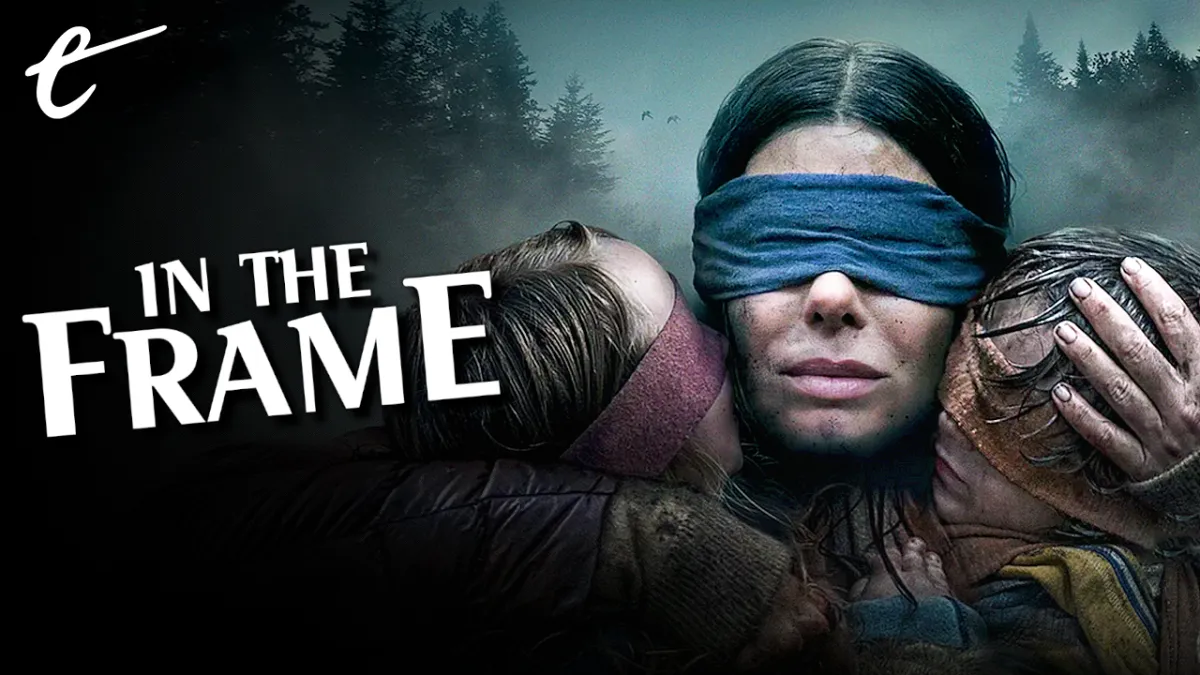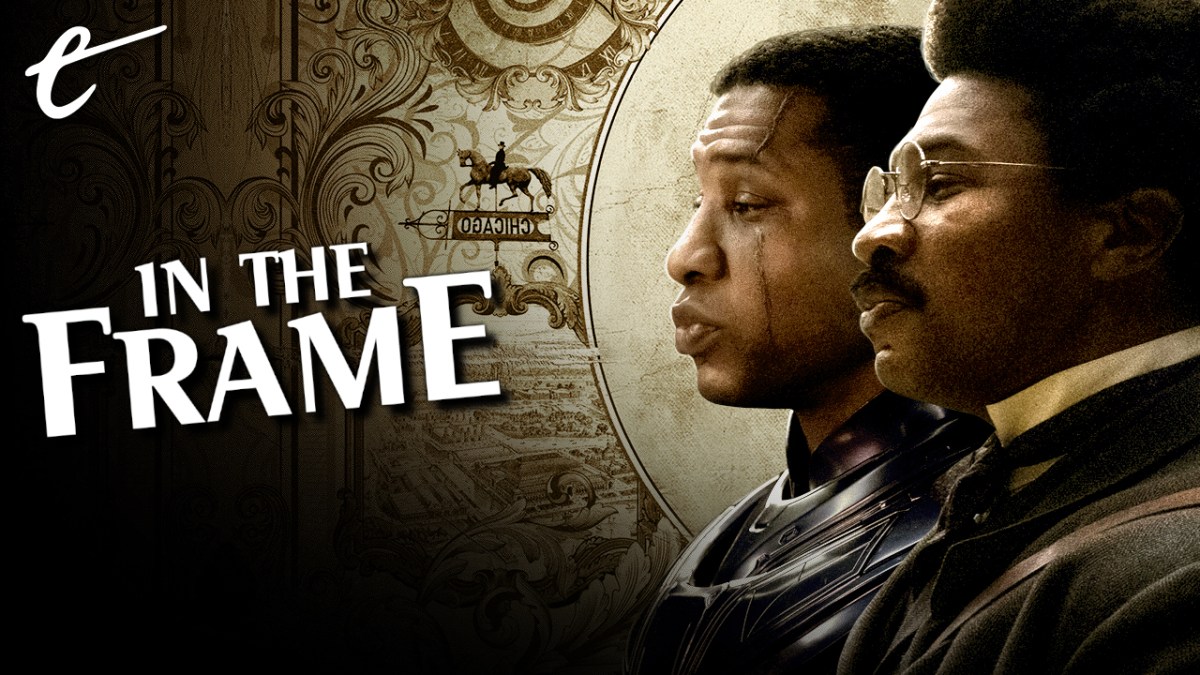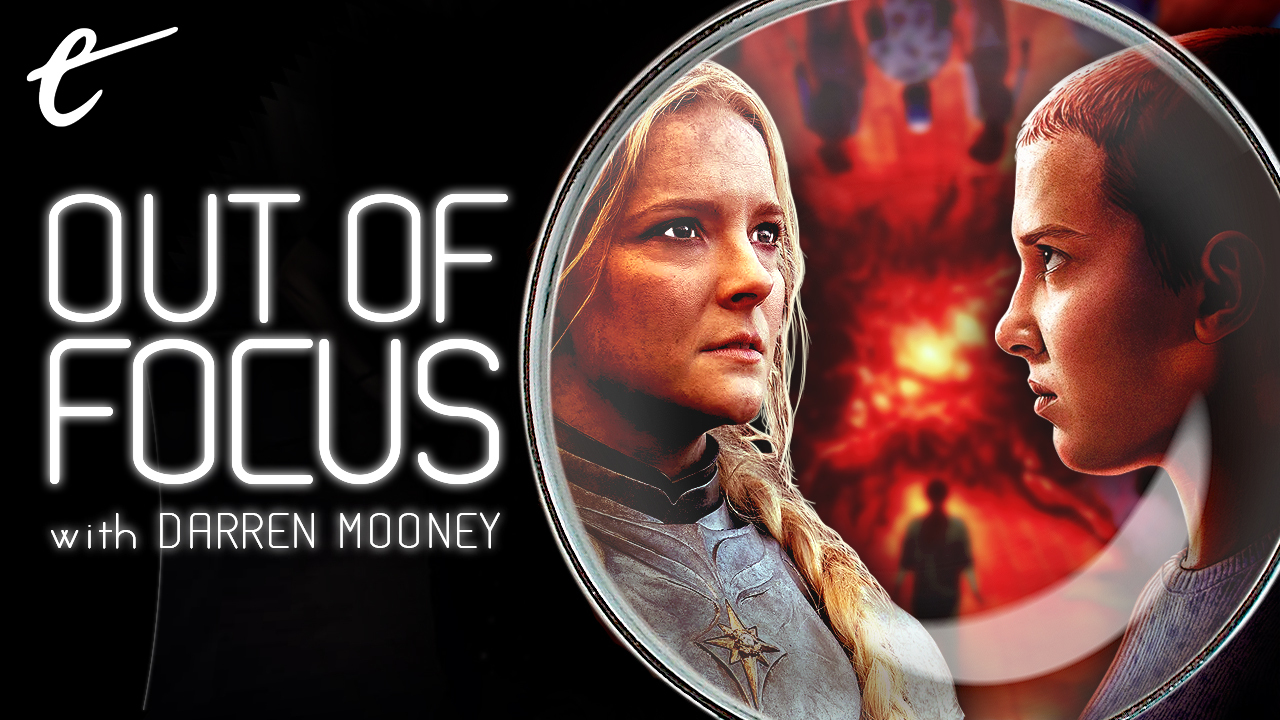There are a number of flashpoint issues within the ongoing Writers Guild of America and Screen Actors Guild strikes, many of which are tied to the ways in which the film and television industries have dramatically shifted in the past few decades. Some of these, such as the role of artificial intelligence in generating content, feel existential for both the creatives and the studios. However, not a lot of attention has been paid to an issue perhaps more immediate: transparency.
The way that entertainment has traditionally worked is that creatives tend to enjoy some form of participation in the success of their work. Sometimes that participation is codified in some percentage of the total earnings. Sometimes the relationship is more abstract, with a creative involved in a successful project enjoying greater negotiating leverage on their next assignment. This obviously relies on some level of transparency in order to properly quantify what success looks like.
Of course, this is an imperfect system. Hollywood studios are notorious for trying to find ways to avoid fairly compensating creatives. Winston Groom, the author of the book on which Forrest Gump is based, signed a deal whereby he would earn 3% of any net profits from the film. Famously, as the film went on to become the fourth highest-grossing global release of all time at the time, Paramount claimed that it hadn’t actually turned a profit, and so there was nothing to share with Groom.
This is why the idea of transparency is so important to writers and actors. Acknowledging that it would “require transparency regarding program views,” the writers pushed for streaming residuals to be based on viewership. The actors were somewhat less specific, simply stating that they would “require greater specificity in the information provided in connection with the payment of residuals.” Still, these negotiating positions get at the sense in which streaming services are still opaque structures.

Historically, it has been relatively easy to get some sense of what success and failure look like within the entertainment industry. In theatrical distribution, box office totals are tabulated and shared as a matter of course, making it possible to track exactly how much money a film has made relative to its budget. On broadcast television, linear ratings make it possible to determine how many eyes watched a given show. Even home media sales could be tracked and recorded.
Befitting their status as industry “disruptors,” streaming services do not conform to this longstanding tradition of transparency. Indeed, these services have been bullish even outside of the new arena of streaming. When services like Amazon and Netflix release movies like The Report or The Irishman into cinemas, they do not report box office. For these services, which often see themselves as tech companies rather than studios, there is no reason to play by Hollywood’s rules.
When it comes to streaming itself, even established studios like Paramount or Universal don’t report metrics. The only entity that can claim to accurately know how many people watched a given film or television show on a streaming service is the streaming service itself. There have been attempts by external organizations to track viewership, however, without any cooperation from these streaming services, these numbers are at best indicative and at worst actively misleading.
Nielsen started publishing a streaming top ten in September 2020. However, there is evidence that data, which is based on the viewing habits of “Nielsen Families,” does not represent the reality of streaming consumption. Netflix concedes Nielsen’s accuracy has improved over time, but it initially claimed that Nielsen’s numbers were “not accurate, not even close.” For example, Nielsen’s ratings for Netflix’s Don’t Look Up don’t easily reconcile with the streaming service’s accounts of viewership.

There are other services that put together their own metrics, but those are just as fallible. As part of their negotiations with the studios, the actors suggested that data from Parrot Analytics could be used to calculate residuals. However, Parrot Analytics estimates reach and viewership based on metrics around social media engagement. As such, its numbers are distorted, favoring shows that people talk about rather than shows that are enjoyed by viewers less engaged in online chatter.
In recent years, streaming services have made some effort to provide public-facing measures of the relative success of certain projects — the Netflix weekly top ten, for example. Services will frequently publish press releases touting the record-breaking successes of their latest releases like Bird Box or Extraction, often peppering these statements with figures that analysts might try to stitch together into some larger picture of the state of the industry.
However, these metrics are self-selecting and incomplete. They are also far from uniform across the industry. These services get to define their own measurements. Infamously, Netflix at one point declared that it would count any user that watched more than two minutes of a piece of content as “a view,” because that was “long enough to indicate the choice was intentional.” In an industry with no external validation, why wouldn’t streaming services declare every release a hit?
It’s impossible to know the real numbers involved, but Netflix’s touting of the success of Bright feels somewhat disingenuous given the company’s decision not to press ahead with a sequel. The triumphant tone of the company’s press announcements around The Gray Man promising an entire shared universe is very difficult to reconcile with the slow progress that the company has made towards realizing any of those sequels or spin-offs. Similarly, one can probably make assumptions about the viewership of Crater based on the decision to yank it from Disney+ just 48 days after it premiered.

For years, streaming services placated talent by buying out their residuals as part of initial deals, essentially paying creators as if these projects had been massive hits but without producing any metrics or evidence. This is why Amazon had to pay a relatively steep $130 million for Ben Affleck’s Air, effectively paying out the cast and crew’s profit participation. When Warner Bros. sent Wonder Woman 1984 to HBO Max, they ended up paying over $10 million each to Patty Jenkins and Gal Gadot.
This system is fundamentally broken. To put it simply, even in the best-case scenarios, studios cannot afford to keep paying out to talent as if every movie and television show has been a massive hit. In fact, it has been suggested that this is one of the reasons why the budgets on the recent Disney streaming shows have been so large compared to the quality of the finished product. Insiders claim that “a larger percentage of that money is getting funneled into above-the-line costs.” As a result, the projects themselves suffer.
It is also bad for creatives. While stars and directors can leverage payouts, working actors and craftspeople struggle to make ends meet. Christopher Nolan pointed this out in his criticisms of streaming’s lack of residuals. “I’m not talking about me,” he told NPR. “I’m not talking about Ben Affleck or whoever.” He elaborated, “I’m talking about when I come on the set and I’ve got to shoot a scene with a waiter or a lawyer who has two or three lines.” Those actors need to be able to earn a living. The same logic applies to writers and other staff.
The arguments in favor of this sort of transparency are perfectly logical. This approach worked for decades, providing the industry with some measure of stability. It is good for artists, but it is also good for studios. It makes them accountable. It allows outside observers to get some sense of what is working and what is not, and even to gauge the overall health of the industry as a whole. So why are streaming services so afraid of transparency?

Of course, it’s impossible to know for sure. That’s the thing about a lack of transparency. It makes any argument hypothetical. It’s entirely possible that these projects are so successful that studios don’t want to give creatives negotiating leverage. However, there are some indicators of why studios and streaming services may be reluctant to share any concrete data. The most obvious — albeit the most cynical — assumption is that the numbers are bad. Clearly, there are shows doing very well on streaming, like Stranger Things and Bridgerton, but is it possible that the metrics for the average streaming show are embarrassing?
There is some evidence to support this possibility. Amazon trumpeted the success of The Rings of Power, reportedly the most expensive television show ever made, claiming over 25 million people watched the premiere during its first day on the service. However, sources told The Hollywood Reporter that the first season had a 37% completion rate in the United States. That means the finale only performed marginally better than the episode of Fire Country airing on CBS the same night. Crucially, The Rings of Power is a show with a huge marketing push that is tied to a known brand. How must Swarm or Hunters be performing?
Pointedly, older shows are very successful on these services. This summer, Suits was a breakout hit on Netflix. Paramount+ credits its success in 2022 to the arrival of Top Gun: Maverick and the fifth season of Yellowstone. The Office was reportedly the most popular show on streaming in 2020. Criminal Minds was reportedly the most popular show on streaming in 2021. Even without knowing the exact figures, these recycled broadcast shows are hammering absurdly expensive streaming originals like Citadel.
It’s obviously impossible to know for sure until these services start publishing the data, which they are reluctant to do. Reportedly, those leaks around the viewership for Rings of Power prompted Amazon to more tightly limit its own employees’ access to the data. However, there is a sense that this is a house of cards. The streaming revolution increasingly feels like a con; an unsustainable business model that is being propelled by nothing more than the industry’s insistence upon it. After all, these companies answer to shareholders, and so controlling the flow of information is one way to prevent investors from overreacting.
This may be why studios are so reluctant to publish this data, to acknowledge the failure of this model of production and distribution. Like Wile E. Coyote careening across a desert chasm, the worst thing that anybody involved could do would be to look down and realize just that there’s nothing propping them up. Sometimes transparency simply means seeing all the way to the bottom.














Published: Aug 14, 2023 3:00 PM UTC